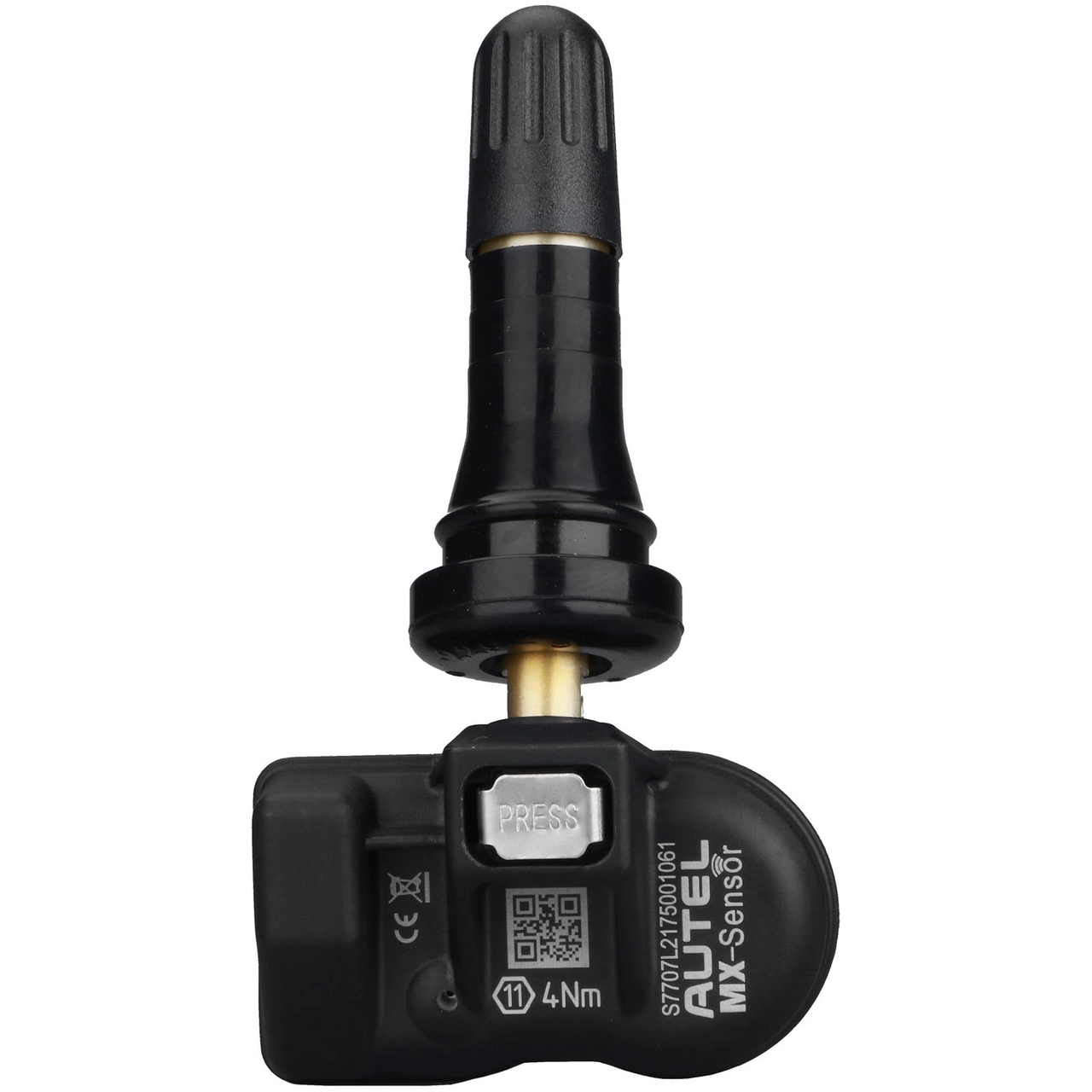How To Install TPMS Sensors? A DIY Guide
4th Sep 2024

3 Things You Need Before Your TPMS Sensor Installation
Installing TPMS sensors is simple and rewarding when done with the right guidance. Whether you're updating your vehicle's safety features or just keen on maintaining its health, understanding how to handle the TPMS system is key.
There are two primary types of Tire Pressure Monitoring System (TPMS) sensors: direct and indirect. Direct TPMS sensors are installed in each wheel, providing real-time tire pressure data directly to the vehicle’s monitoring system. This makes them more reliable for accurate pressure readings.
In this blog, we will focus exclusively on direct TPMS sensor installation, the most commonly used type due to its precision and effectiveness.
Let’s get started!
TPMS sensor installation enhances your vehicle's safety by ensuring that your tires are always at the correct pressure. Before we dive into the installation process, there are a few key preparations you need to make.
Here’s what you should focus on to ensure a smooth and safe TPMS sensor installation.
1. Grab Tools and Materials
Before beginning the TPMS sensor installation, ensure you have a torque wrench, a TPMS activation tool, and brand-new TPMS sensors. These tools are indispensable for accurately mounting and activating the sensors within your vehicle’s wheels.
2. Check Sensor Compatibility
Confirming that the TPMS sensors you’ve selected are compatible with your vehicle model is crucial. This step prevents potential inaccuracies and system malfunctions, which could lead to unexpected TPMS sensor costs and ineffective monitoring.
3. Safety Precautions
Safety is paramount during the installation process. Make sure to correctly fit all TPMS valve stems and use the proper TPMS sensor tool. This not only ensures your safety but also safeguards the functionality and longevity of the TPMS system.
How To Install TPMS Sensors? Step-by-Step DIY Guide
TPMS sensor installation is a proactive step toward enhanced safety by providing accurate, real-time updates on tire pressure.
This guide provides a straightforward, step-by-step approach to installing TPMS sensors yourself.
Step 1: Remove the Wheel
To begin the tpms sensor installation, the first step is to safely remove the wheel from your vehicle. Use a lug wrench to loosen the lug nuts slightly. Then, lift the car with a jack and secure it on jack stands, providing you safe access to the tire.
After the car is elevated, finish unscrewing the lug nuts with the lug wrench. Carefully remove the wheel to expose the TPMS valve stem. Keep the lug nuts in a secure place to avoid losing them, as you'll need them to reattach the wheel after the TPMS system work is completed.
Step 2: Extract the Old TPMS Sensor
Once the wheel is off remove the old TPMS sensor. Fully deflate the tire to relieve any pressure on the TPMS valve stem, making it safer and easier to work with. Use a tpms sensor tool, specifically designed for removing/installing these sensors, to carefully detach the sensor from the wheel.
Handling the old sensor carefully is crucial, as improper removal can damage the sensor or the valve stem. After removing the sensor, check the valve stem and sensor seat for any signs of wear or damage before installing the new sensor in your TPMS system.
Step 3: Install the New TPMS Sensor
Carefully align the new sensor with the TPMS valve stem housing on the wheel. Ensure it is positioned correctly to avoid issues with signal transmission or air leaks that could impair the TPMS system.
Using the appropriate tpms sensor tool, securely fasten the new sensor in place. It's important to adhere to the manufacturer's recommended torque settings to prevent over-tightening, which could damage the sensor and add unnecessary tpms sensor cost. Once installed, double-check the alignment and tightness to ensure optimal function and durability of your TPMS system.
Step 4: Reinstall the Wheel
The next step is to reinstall the wheel onto your vehicle. Carefully lift the wheel and align it with the hub, ensuring that the tpms valve stem is not obstructed or damaged as you position the wheel. Thread the lug nuts by hand initially to prevent cross-threading, which can lead to increased tpms sensor cost if repairs are needed.
Once the wheel is in place, use a torque wrench to tighten the lug nuts to the manufacturer’s specified torque. Ensure that the lug nuts are evenly tightened to avoid putting uneven pressure on the TPMS sensor tool and the newly installed sensor, securing the wheel for safe driving.
Step 5: Activate the TPMS Sensor
Activate the newly installed TPMS sensor to ensure sensor properly communicates with your vehicle’s TPMS system. Utilize a tpms sensor tool, which is specifically designed for activating and syncing TPMS sensors with the vehicle’s onboard monitoring system.
Activation typically involves placing the tool near the tpms valve stem and following the device's instructions to initiate communication between the sensor and the vehicle. This process is vital for the TPMS to accurately monitor and report tire pressures, helping to manage overall tpms sensor cost by avoiding false alarms and ensuring tire safety and efficiency.
Once activation is confirmed, perform a system check to ensure all sensors are reporting correctly and the system is fully operational.
The Next Steps?
Once installation is complete, it's important to perform a few checks to ensure the system functions correctly. Follow these essential steps to verify the accuracy and effectiveness of your newly installed TPMS sensors:
- Check Tire Pressure: After completing the tpms sensor installation, use a reliable tire pressure gauge to check and adjust the tire pressure to match the manufacturer's recommendations, ensuring accuracy in the TPMS system.
- Reset the TPMS System: Follow your vehicle's specific procedures to reset the TPMS system, which may include using a tpms sensor tool or navigating the vehicle’s onboard settings.
- Conduct a Test Drive: After the TPMS system installation, take your vehicle for a short drive to confirm that there are no warning lights on the dashboard and that the pressure readings are accurate.
- Monitor Tire Pressure Consistently: Continue to check the tire pressure for several days post-installation to ensure there are no slow leaks and that the new sensor provides consistent and accurate readings.
Find Hamaton’s Top-Grade TPMS Devices At JB Tools
Discover the superior quality of Hamaton's TPMS devices available at JB Tools. Known for their reliability and precision, these systems are essential for maintaining optimal tire pressure and enhancing vehicle safety.
Visit JB Tools to explore a wide selection of Hamaton's top-grade TPMS solutions, tailored to meet the needs of diverse vehicle types and models.




